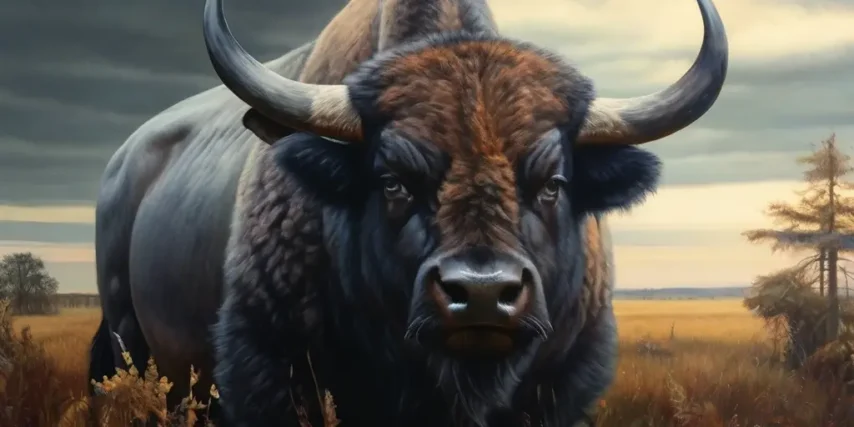Majestic Symbols: Understanding the Magnificence of Buffalo Horns
Buffalo, often regarded as the iconic symbol of the American West, possesses a unique feature that has fascinated humans for centuries – their majestic horns. These impressive appendages have not only served as tools for survival but also as symbols of strength, resilience, and cultural significance. In this comprehensive exploration, we delve into the intricacies of buffalo horns, uncovering their size, structure, functions, and the cultural significance they hold in various societies.
The Anatomy of Buffalo Horns:
Buffalo horns are renowned for their remarkable size and strength, making them one of the most distinctive features of these magnificent creatures. On average, the horns of a mature buffalo can span up to two feet in length and weigh several pounds each. However, there can be significant variations in size depending on the species and individual genetics.
Structurally, buffalo horns consist of a bony core surrounded by a sheath made of keratin, the same protein that forms human hair and nails. This outer sheath is often referred to as the “horn cap” and is responsible for the iconic curved shape of buffalo horns. Over time, the horn cap continues to grow, adding layers and increasing the overall size of the horns.

Function and Adaptations:
The impressive size and strength of buffalo horns serve several crucial functions in the animal kingdom. In the wild, male buffalo, known as bulls, use their horns for defense, dominance displays, and competing for mates during the mating season. The sheer force behind a buffalo’s charge, combined with the formidable horns, makes them formidable adversaries against potential threats.
Moreover, buffalo horns play a vital role in thermoregulation, particularly in hot and arid environments. Blood vessels within the horns help regulate body temperature by dissipating excess heat, similar to the function of a radiator. This adaptation allows buffaloes to thrive in diverse habitats, from the grasslands of Africa to the plains of North America.

Cultural Significance:
Beyond their biological significance, buffalo horns hold immense cultural and symbolic value in many societies across the globe. In Native American cultures, the buffalo is revered as a sacred animal, representing strength, abundance, and the interconnectedness of all living beings. Buffalo horns are often used in traditional ceremonies, rituals, and as decorative elements in art and craftsmanship.
Similarly, in African cultures, buffalo horns symbolize power, bravery, and spiritual connection to the land. They are frequently incorporated into ceremonial attire, musical instruments, and tribal regalia as a testament to the cultural heritage and reverence for nature.
Conservation and Ethical Considerations:
Despite their cultural significance and ecological importance, buffalo populations have faced significant threats due to habitat loss, poaching, and human encroachment. Conservation efforts aimed at protecting these magnificent creatures and their habitats are paramount to ensuring their survival for future generations.

Moreover, ethical considerations surrounding the use of buffalo horns in traditional practices and commercial trade are essential. Sustainable harvesting practices, coupled with respect for indigenous cultures and their spiritual beliefs, are integral to maintaining a harmonious balance between human activities and wildlife conservation.
In conclusion, buffalo horns stand as enduring symbols of strength, resilience, and cultural heritage. From their impressive size and structural adaptations to their profound cultural significance, these majestic appendages continue to captivate our imagination and remind us of the intricate relationship between humans and the natural world. By understanding and appreciating the magnificence of buffalo horns, we honor not only the animals themselves but also the rich tapestry of traditions and beliefs that they embody.







